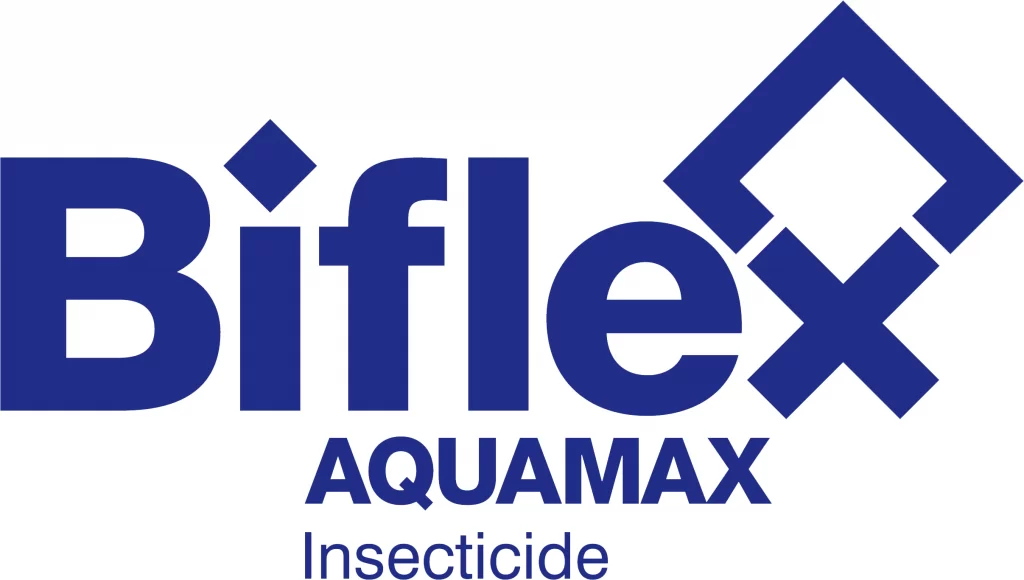5 Common indoor plant pests

No Smell No Mess

All Year Round Protection

100% Safe Cuaranteed Results

- Rated 5.0 Stars

Common indoor plant pests
You’ll be surely surprised to know that you’re not the only one who’s in love with your indoor plants – because sneaky bugs and pests love them too! Now that it is summertime (once again!), seasonal pests are out and about to invade and pester your home. If you thought, based on what has transpired from the beginning of the year 2020, that their urges or somewhat mission to be a nuisance to your household will be dampened by the pandemic, unfortunately, it is just wishful thinking. Apparently, pests seem to be not bothered (at all!) or cannot be hindered by a COVID-19 lockdown. Unless you can find reliable pest control near you whom you can trust to ensure an all-year-round Pest-Free home!
What Attract Pests to your Indoor Plants?
With the limitations brought about by the Coronavirus pandemic, several hobbies or trends have emerged since the lockdown. Among those trends is the avid infatuation with collecting indoor foliage plants and almost all things that are leafy! Though bringing in nature inside the house stemmed from the purpose of finding a way to cope with the isolation or simply to de-stress, it has also made us appreciate our homes more than ever. Thus, it includes the clear determination of ensuring our residence is safe to live in – not only from the Coronavirus but also eliminating houseplant pest infestation.
Just like its counterpart, indoor plants are most likely to be under attack from pests because of the ideal conditions for pest breeding. Pests are easily attracted to your houseplants due to the high humidity (being the biggest culprit for infestation) caused by overwatering and the occurrence of poor air circulation (which is most likely to happen when plants are placed too closely together, therefore, decreasing ventilation around your indoor plants). Even when you buy a new plant from a garden center, there is a chance that pests might find their way into your home after hitch-hiking on a leaf or two.
So you might want to check out for the signs of the common nuisances that are attracted to your leafy companions at home. Several indications of pest damage would be the wilting and brown patches on leaves, and inspecting the soil and isolating newly bought plants are recommended. Also, look out for eggs and small insects that are usually hiding or nesting around the stem or on the underside of the leaves. Did you know that placing yellow sticky cards at the top of your plants can help you determine if your indoor plant is indeed pest-free? The color yellow is a great indicator because most bugs and insects are attracted to this kind of shade. Read: Environmentally friendly pest control
Identifying the Common Houseplant Pest Infestation
Caring and nurturing plants are considered therapeutic and offer benefits for one’s well-being. However, it might not be therapeutic at all if such common houseplant pests are not kept in check. Here are some of the common pests that may be attracted to your indoor plants:
Fungus Gnats
If there is a pest considered to be the most annoying and even referred to as the bane to every gardener, that would be the Fungus Gnats. Attacks from this kind of pest are the most unwelcomed and unfortunately quite common to indoor plants. Though you might want to put extra care on your Geraniums, Carnations, and African violets because they love to infest these particular plants. You are most likely to see the visible infestation once there are adult gnats (resembling mosquitoes and grayish-black in color) buzzing around and are a flying nuisance. However, they may seem harmless when compared to the immature larvae that feed on the tender roots of the plants. Related: Bug Free all year round
The damage it causes may go unnoticed if left unchecked especially if you tend to overwater, therefore creating their preferred damp rich soil to inhabit. Wilting, poor growth, and yellowing of leaves commonly indicate that you have a fungal gnat infestation.
Prevention Tips & Recommendation: To avoid gnat attacks on your precious houseplants regularly check your plants. It is recommended to turn up the soil, carefully near the base of the plant, to see if there are any signs of glossy larvae. Avoid using peat moss as it encourages ideal conditions for egg nesting. Concocting a combination of peppermint, cinnamon, and sesame oil is recommended to be quite an effective organic spray to repel this kind of pests.
Mealybugs
Protect your houseplant as well as your ornamental plants from this kind of pest. It is related to scale insects but doesn’t have scale covers. This plant-sucking pest is a soft-bodied insect that is often wingless, appear to be pinkish, and is covered in white, cottony-like coats. The damage it causes is quite visible through the signs of deformed, curling, and yellowing of the leaves. You can often find them clustered at the part where leaves are attached to the stem of the plant. Just like Aphids, Scale insects, and Whitefly, Mealybugs produce honeydew that may infect your plant as it develops sooty mold. Read: Pre-Construction pest control
Prevention Tips & Recommendation: To get rid of mealybugs, you can prune out the infected part of the plant or dab the insects with a Q-tip that has been dipped in rubbing alcohol. Washing the foliage regularly with a leaf shine may also help in preventing potential infestation in the future.






Scales
If there is a pest that can infest a wide range of houseplants, that would be the Scale insects. Look out for small brown lumps in between the foliage, particularly on the undersides of the leaves or along the stems. Though the most common scale insects are the ones with the hard, shell-like covering, you must take note that there is also a soft-armored variety of scale insects. Nonetheless, the two varieties of scale insect are both considered to be the most difficult infestation to control and the heavy infestation tends to build up unnoticed until the host plant shows visible damage. The signs of scale infestation are poor growth, wilting or dropping of leaves, a generalized decrease of vigor, and chlorotic or yellowing of leaves. Read: Pest Control Process
Prevention Tips & Recommendation: They are commonly fond of piercing the foliage and feeding on the sap of almost any plant – whether it is greenhouse plants, ornamental shrubs, and any indoor plants you love. To get rid of them, you may physically wipe the pest off using an alcohol-soaked cotton pad or prune the infected stem, leaves, or twigs. You can also smother the insects with the use of horticultural oil or oil-based insecticides. Read: History of pest control
Aphids
If you noticed yellowing foliage or curling and distorted leaves on your indoor plants, they might be inhabited by aphids. It can be quite challenging to have this kind of pests because they can reproduce prolifically and are quite minuscule which makes it difficult to detect these sap-sucking pests. But you can identify them through their teardrop-shaped bodies, sometimes with wings and maybe in black, brown, red, green, and yellow. They are often found grouped and nest on the undersides of leaves.
Prevention Tips & Recommendation: Aphids love it when you overwater or over-fertilize your plants. You can get rid of them by wiping them off with a soft and plant-friendly cloth or spraying cool water on infected stems. To repel and organically control aphids, you can try using catnip, horticultural oil, or placing basil among your houseplant. Related: Top 5 plants to repel pests
Spider Mites
Not relatively an insect but this kind of pest (which is classified as a type of arachnid) is a challenging pest to your houseplants! These pesky spider mites are most common during hot and dry conditions that often form colonies on the underside of leaves. They feed on the plant fluids (nutrients) by piercing the leaf tissue and are quite prolific; thus creating a heavy infestation.
Prevention Tips & Recommendation: You need to look closely at your plants because spider mites are quite difficult to detect due to their small size. Common signs of spider mite infestation are when there are patterns of tiny spots or stipplings on the leaves along with generalized discoloration. The activity of mites can be visible upon checking the fine webbing formed between the foliage of your plants. You can organically get rid of them by simply washing them off with a spray of water. Afterward, you may when the water dries off, you may apply horticultural oil with the recommendation of two reapplications every 10-14 days. Read: Common Garden Pest to look out for






Get Sydney Pest Control Service before it’s too late!
It is quite a big challenge to control pests who love to inhabit indoor plants. Surely you want to keep your leafy companions healthy but at the same time, pest-free! However, rather than using the typical sprays and chemicals which might be a little too harsh on your indoor plants, here are several gardening tips and pest control management you can try at home:
- Make use of Repellant Plants
By taking the route of the natural pest control method, you can use organic remedies or the “Pest controlling plants” which are deemed effective by most pest control experts. How does it work? First, there are particular plants that proficiently repel or confuse insects from ever finding the plants they want to inhabit. The scented geranium and thyme are just a few examples of the type of plants that can mask other plants with their strong and volatile scents. Second, particular plants drive away bugs and pests by producing a putrid taste so placing them strategically can protect nearby plants. Some of the pest-controlling plants are sage, and oregano. And lastly, you can extract natural toxins to create organic sprays. Among the varieties of pest repelling plants, take note of these popular ones: lavender, tansy, wormwood, and basil. - Hire the most reliable and most trusted professional Sydney Pest Control Company!
Arming yourself with information about houseplant bugs and knowing the signs to look out for can go a long way towards the prevention and elimination of indoor plant infestation. However, it doesn’t mean you don’t need professional assistance that offers reliable and effective Residential and Commercial Pest Control Management at the most affordable price possible.With Safe Pest Control you can get this and more! Servicing Pest control Eastern suburbs, Pest control Hills District, Pest control Inner West, Pest Control Northern Beaches and in almost every area in Australia, you deserve to experience high-quality pest prevention and treatment service. You can now brighten your home with indoor plants, and keep them healthy and safe from houseplant pests while getting the sense of security (and peace of mind) every Plant Aficionado wishes to have!
Talk to one of our pest specialists today! Call us at 1300 119 085 and learn more about what makes the preferred choice for pest control needs. Plus you can enjoy a FREE quotation!
